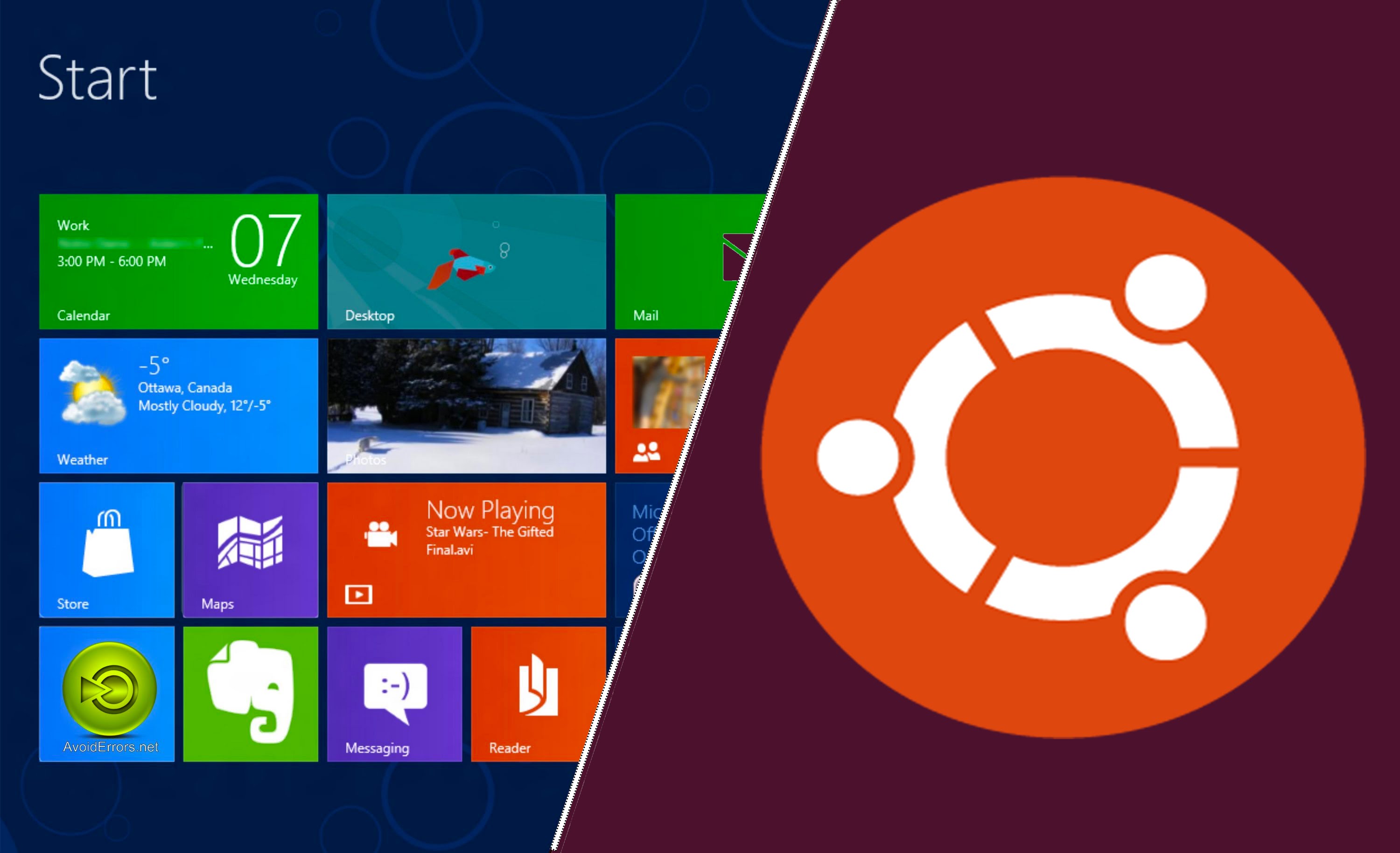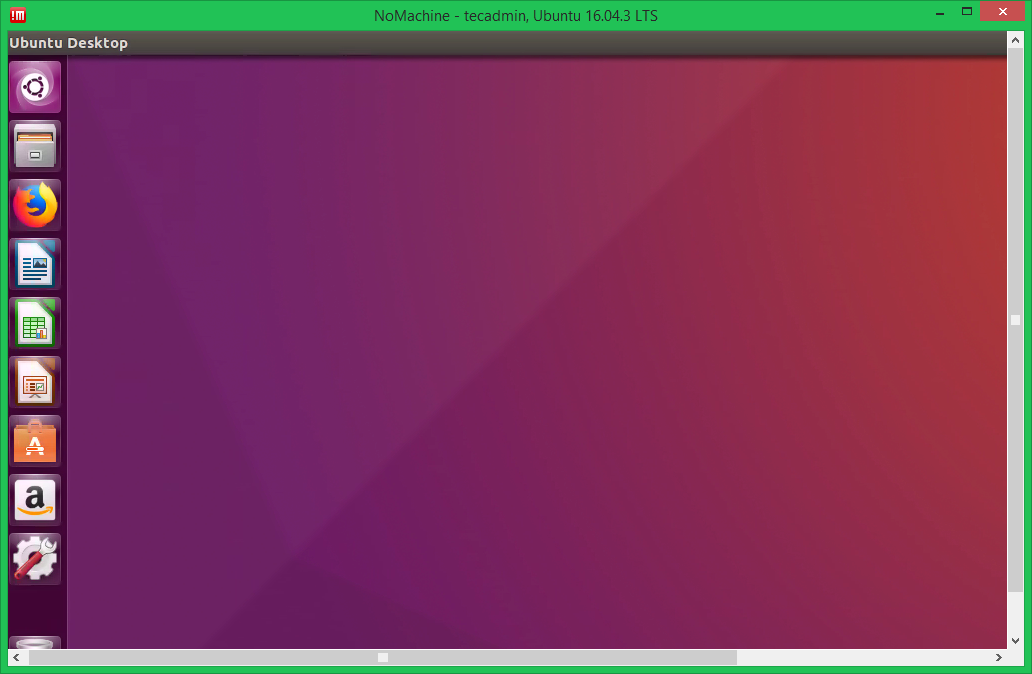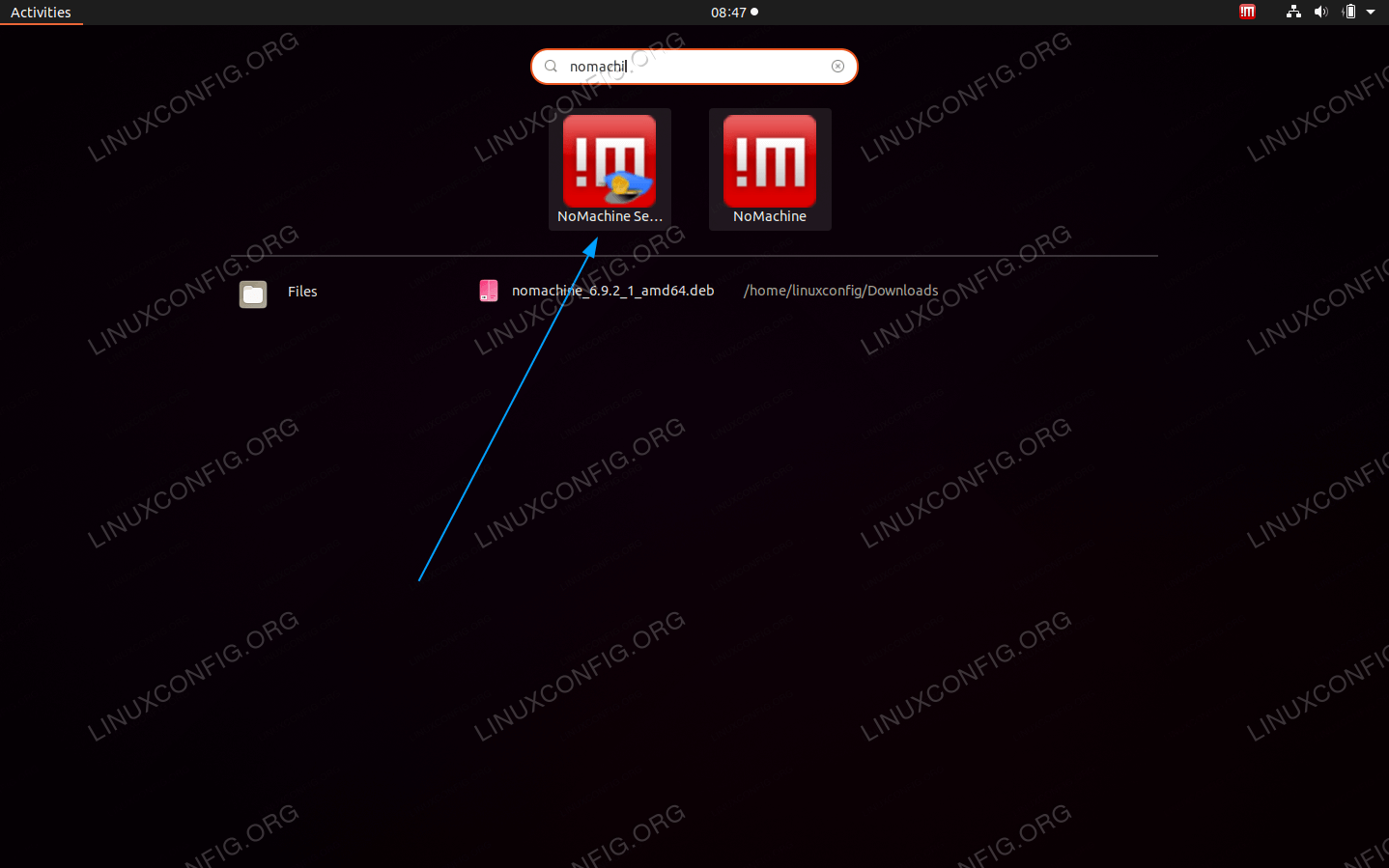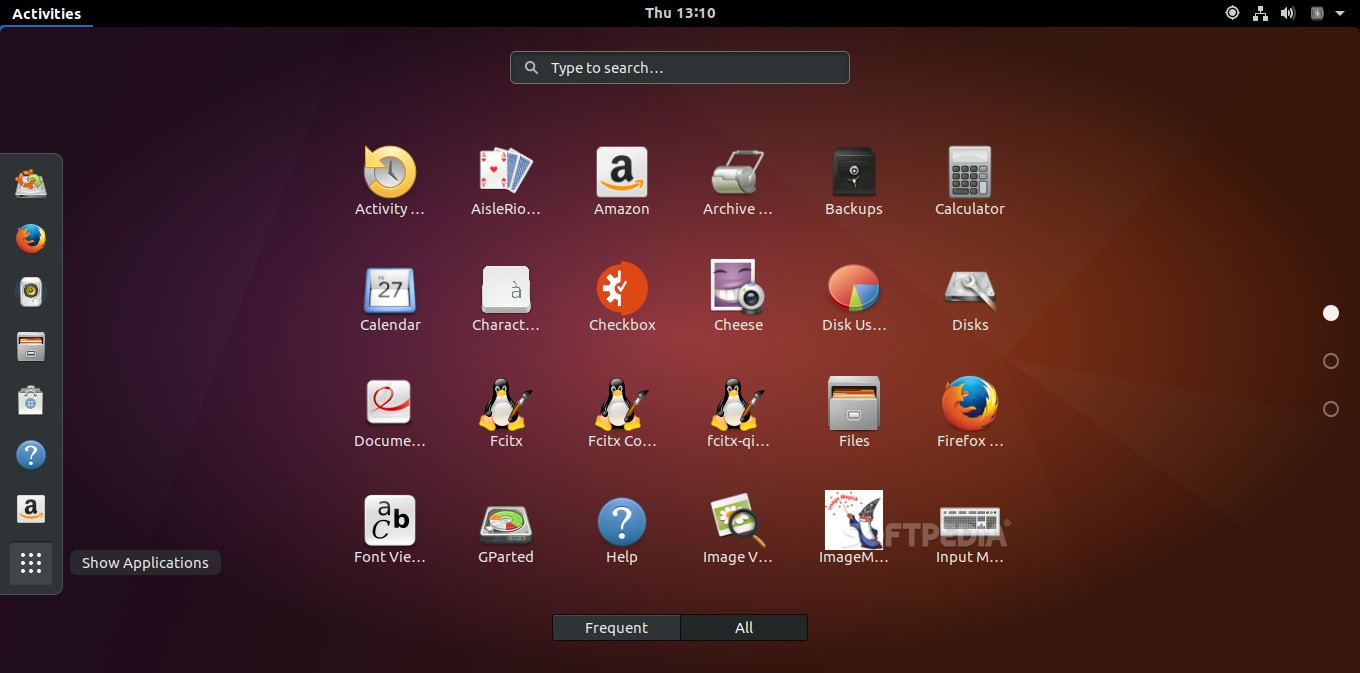

If that default works with your monitor (whether physical or virtual), then you get a display (although it might not be the resolution you expected or wanted). The GPU itself only works with certain predefined resolutions and timings, and if an EDID is missing or not accepted, then timing falls back to some other default. A virtual server probably has to provide some “synthetic” substitute for that. Someone else may know, but the mechanism is that EDID data is provided by a monitor to name its resolution and timings. I met same issue what evan.censystech met: " Could not apply the stored configuration for monitorsĭoes that mean the trick to modify virtual defaltu screen size in nf file only work without a real screen connected? The tricks work but when I connect a real hdmi monitor and power cycle the board. I changed virtal screen size as per einrob’s tricks. I use jetson nano as a headless box and remote login by it’s internal vino vnc server. Is it impossible to use the GPU to drive the virtual display used for the remote desktop? It then detects a 40" display, and yields a final resolution of 1280x720, and continues to run very slowly, as though it were rendering on the CPU. None of the selected modes were compatible with the possible modes:ĬRTC 394: Trying mode with output at 0)ĬRTC 394: Trying mode with output at 1) " Could not apply the stored configuration for monitors I attempted the recommended edits to the nf, but received the following error upon reboot: I had suspected this had to do with X11’s usage of the GPU (and current lack thereof), as compiz now fully loads 2 or more of the CPU cores. Performance was never good, but when I switched to the new carrier board, the UI slowed down by a factor of 10 or more.

I have been using the built-in remote server offered in Ubuntu 16.04 (Jetpack 3.1) with RealVNC Viewer as the client. I recently switched from a carrier board having an HDMI display output to one having no display outputs of any kind (Auvidea J90).

Note this way you still not able to change to another resolution other than your chosen default resolution.ĮDIT: Tried to add the text insets of the nf to the post. Option "AllowEmptyInitialConfiguration" "true"Īfter reboot the board will start the virtual screen with the configured. # Disable extensions not useful on Tegra. # options provided by the X server, including display-related options # Please refer to the nf man page for more configuration # This is the minimal configuration necessary to use the Tegra driver. Sudo /etc/X11/nf # Copyright (c) 2011-2015 NVIDIA CORPORATION. For that you simply have to add a section “Screen” to your /etc/X11/nf and choose a resolution (Virtual 1280 800)

For most users using one remote machine with one Tegra board it maybe sufficient to only change the default resolution of the virtual monitor of a headless system. When no screens are found, the system defaults to a “virtual desktop”, with a 640x480 resolution.
#Nomachine for ubuntu 16.04 install#
One way is to install another VNC server like vnc4server, which support display resolution configuration with xrandr. There are several ways how you can cope with that problem. The standard VNC server vino of Ubuntu 14.04 does not support xrandr to change screen resolution on a headless system.


 0 kommentar(er)
0 kommentar(er)
